What is a Steel Tube?
Steel tubes are multipurpose, hollow, cylindrical structures made of steel. It is constructed from steel that has been bent and fused into a tube shape. For uses like fluid transportation, electrical wiring housing, and structural support, it provides strength and longevity. These tubes come in a range of sizes and thicknesses to accommodate various applications, and they provide dependability and versatility for your specific needs.
Types of Steel Tubes
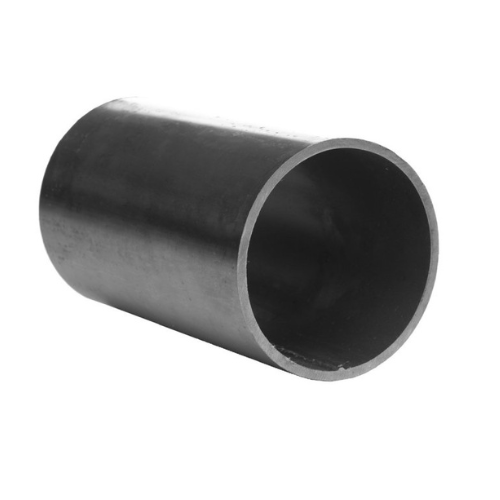
Components of round hollow sections are useful in the manufacturing sector. They are useful for many things, one of which is pipelines. Due to their rounded shapes, frames and structural supports are possible.

When fabrication projects need to maintain both structural integrity and load-bearing capacity, rectangular hollow sections are a good choice. They are perfect for building components like beams, columns, and trusses because of their rectangular shape, which promotes effective use of available space.

Square hollow sections are the embodiment of form and function; they are the peak of accuracy and adaptability in fabrication. Their symmetrical geometry makes it easy to incorporate them into a wide range of design schemes, from sturdy industrial frameworks to elaborate architectural features.

Precision engineering and seamless functionality are perfectly embodied by seamless tubes. These tubes have excellent corrosion resistance and structural integrity because they are made without seams or welds.
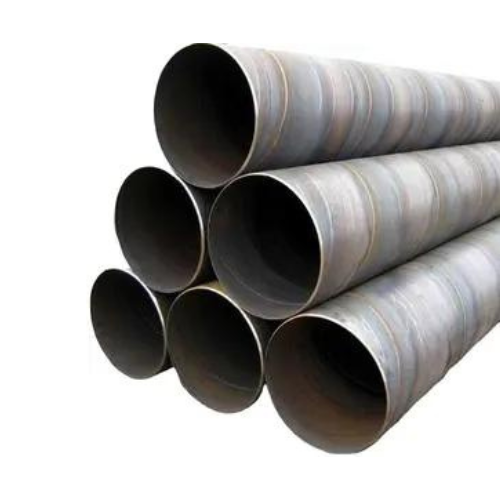
For fabrication tasks, welded tubes prove to be dependable and effective. With careful welding techniques, these tubes combine to create strong structures that can withstand both dynamic loads and environmental stresses.
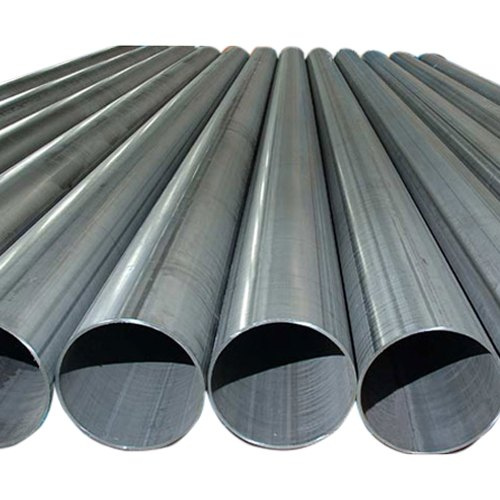
Electrical resistance welded tubes are the perfect example of how industrial inventiveness and technological precision can coexist. Electrical currents are used to fuse ERW tubes, producing strong joints and consistent material characteristics.
Application of Steel Tube Fabrication
Modern infrastructure and innovation are built on steel fabrication, which has numerous uses across numerous sectors and industries. From the exhaust systems and chassis that propel cars forward with precise power to the structural supports and scaffolding that support tall buildings, steel fabrication is strength and dependable motion. In Aerospace engineering, steel frames act as the aircraft’s skeleton, ensuring stability and safety even in the presence of cloud cover. Hydraulic systems harness the force of steel to transmit power and motion with unmatched efficiency.
Steel fabrication can be tailored to meet the needs of form and function in a variety of environments, from the rugged utility of farm equipment to the sleek contours of modern furniture.. Additionally, the infrastructure of renewable energy depends on steel fabrication, which helps with the transition to greener, cleaner, power sources in the pursuit of sustainable solutions. The world we live in is shaped by the strength, versatility, and lasting excellence of steel fabrication, which is a monument to human ingenuity and resilience across industries and applications.
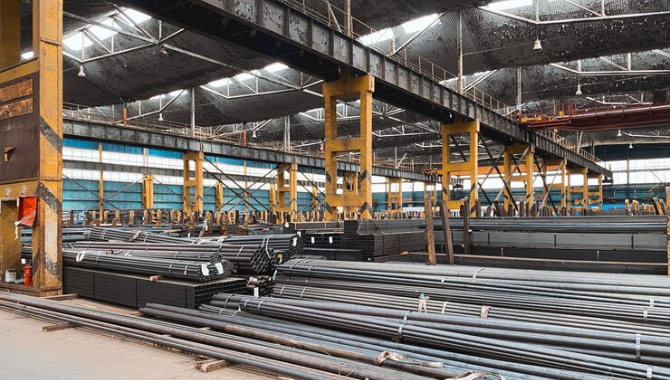
Advance Techniques and technologies of Steel Tube fabrication


CNC
When it comes to fabricating steel tubes, CNC Machining represents the height of accuracy and productivity. CNC machines perform complex cuts, bends, and operations with unmatched accuracy and repeatability by utilizing the power of computer algorithms and automated control systems.
CNC technology makes it easier for fabricators to create complex designs and intricate geometries with real-team feedback mechanisms and precise programming. This improves the quality and consistency of final products while optimizing production workflows.
Automation and Robotics in Fabrication Processes
Steel tube fabrication is about to enter a new era of productivity and innovation through automation and robotics. Integrated robotics systems, furnished with sophisticated sensors and actuators, manage a multitude of operations, encompassing material handling, assembly, welding, and inspection.
Robots improve productivity, cut lead times, and lower the possibility of human error by automating labor-intensive and repetitive tasks. This allows fabricators to maximize resource use, open up new scalability and competitive opportunities, and compete on a worldwide scale.
Additive manufacturing/3D printing
Additive manufacturing, or 3D printing, is a disruptive force in the steel tube fabrication industry that frees traditional subtractive techniques from their constraints and creates new avenues for customization and design freedom. By layering on layers of metal power of filament, 3D printers create intricate geometries and complex structures with previously unheard-of accuracy and detail.
In the digital age, additive manufacturing is completely changing the way steel tubes are designed, prototyped, and produced. Fabricators can create customized prototypes, unique components, and on-demand production runs with minimal materials waste and maximum efficiency as a result of it.
Materials Commonly Used in Steel Tube Fabrication

Steel alloys, which are made of iron and various alloying elements like molybdenum, nickel, chromium, and manganese, are the basis for the production of steel tubes. Steel alloys are the cornerstone of industrial infrastructure, machinery parts, and structural frameworks worldwide due to their exceptional resilience, robustness, and adaptability.

Carbon Steel is the most common material used to fabricate steel tubes because of its inherent strength. Machinability, and affordability. Carbon steel is widely used in manufacturing, automotive, and construction industries. With traces of other elements, It is mainly made up of carbon and iron.

Stainless steel is the highest point of elegance and utility when it comes to steel tube construction because of its unparalleled resistance to heat, corrosion, and chemical damage. Because it combines structural integrity and aesthetic appeal, stainless steel – which is primarily composed of iron, chromium, and other alloying elements – is a popular material for architectural accents, food processing equipment, and medical devices.

Galvanized steel is a prime example of the resilience and toughness of steel tube construction. It is strengthened by a protective zinc coating that prevents corrosion and environmental degradation. Because it ages well and resists weather damage, galvanized steel is widely used in outdoor structures, fencing, and utility poles. It also offers long-lasting performance under difficult circumstances.
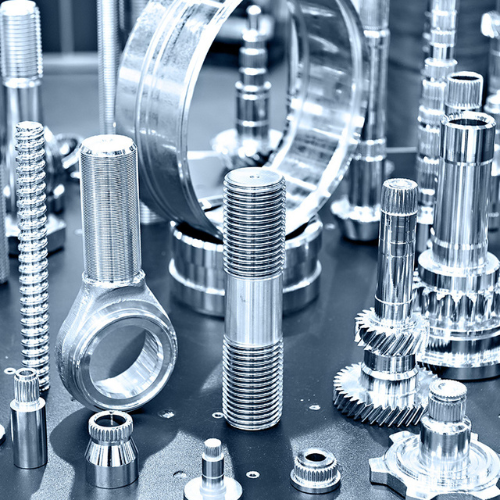
Tool steel, which is designed to resist high temperatures, wear, and mechanical stress, is a monument to the accuracy and toughness of steel tube construction. Tool steel, which is formulated with high concentrations of alloying elements like tungsten, vanadium, and cobalt is essential for the manufacturing of cutting tools, dies, and molds because of its remarkable toughness, hardness and edge retention.
Fabrication Processes of Steel Tube
Cutting

Cutting is the first step in shaping steel tubes to exact dimensions when you begin the fabrication process. You carefully and precisely carve through raw steel using both conventional methods like sawing and cutting-edge methods like laser cutting. Every cut is a calculated decision that prepares the way for the next steps of fabrication.
Bending
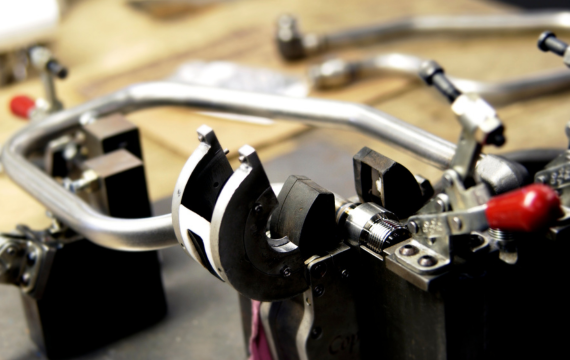
As you shape steel tubes into elegant curves and angular arrangements, embrace the art of bending. You can sculpt rigid steel to your desired shape using hydraulic or mechanical force, adding both structural integrity and visual appeal. You give life to an inert metal with each bend, creating flowing contours that blend in with the surroundings.
Welding

Welding is where molten metal is used as an adhesive to join steel tubes into well-assembled parts. Equipped with high-precision welding tools, you carefully fuse intersecting joints to guarantee structural stability and smooth integration. You create long-lasting bonds that stand the test of time through the transformational power of heat and metallurgical fusion.
Drilling
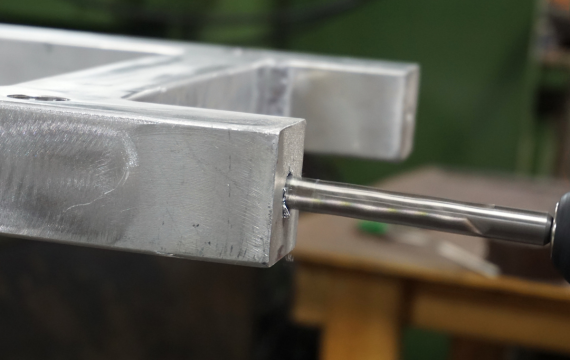
Equipped with specialized drills, you can precisely penetrate steel to make holes for pipes, fixtures, and fasteners. By facilitating the integration of intricate systems and improving the performance of manufactured structures, each borehole serves as a portal to innovation.
Punching

In punching, you can imprint complex patterns and useful features with unmatched accuracy onto the surface of steel tubes by using specialized punches and dies. Every punch gives steel a purpose and personality, turning ordinary parts into works of art, from ventilation apertures to ornamental accents.
Notching

The art of fabricating steel tubes is embodied in notching, which creates complex profiles and junctions that surpass traditional constraints. You can create precise indentations and angles with precision cutting tools and a keen eye for detail, enabling smooth connections and interlock between steel tubes and guaranteeing both structural integrity and aesthetic coherence.
Conclusion
The production of steel tubes is a prime example of how engineering talent, inventiveness, and technical precision work together. Robustness, quality, and adaptability are given top priority in every stage of the fabrication process, from the raw materials to the final products. Steel tubes are a representation of the tenacity and adaptability that characterize our contemporary world because they are utilized in massive construction projects, industrial machinery, and everyday necessities. The built environment is changing as a result of steel tube fabrication, which combines strength and creativity to create durable solutions. This is possible thanks to advancements in technology and a commitment to quality.



